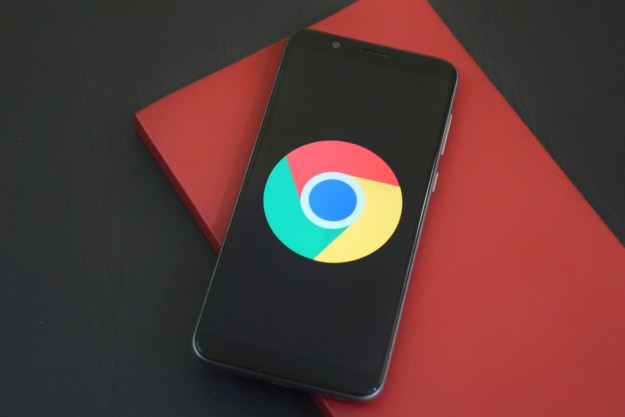
The change is a long time coming, really. In June 2015, Google introduced “intelligent pausing” in Chrome, a feature that automatically halted the playback of content, including Flash animations, it deemed “inessential” — think advertisements and autoplay sidebar videos. In a blog post, Chrome software developer Tommy Li wrote that the feature dramatically sped up web browsing and “significantly [reduced] power consumption.” But the choice remained optional: paused content could be resumed with a mouse click.
Tuesday’s news, then, might be seen as a more drastic step in the company’s efforts to hasten Flash’s obsolescence. Starting in December with version 55, Chrome will make HTML5 — a lightweight, plugin-free alternative to Flash — the default experience. With the exception of websites “which only support Flash,” Adobe’s plugin will be entirely disabled — a change that Chrome team developer Anthony LaForge said will result in an “improvement in responsiveness and efficiency for many sites.”
“Flash helped make the Web a rich, dynamic experience, and shaped the modern set of web standards,” wrote LaForge in a blog post. “We continue to work closely with Adobe to ensure that your web experience is as fast and secure as possible and to help the Web transition to HTML5.
The Chrome team’s choice to “de-emphasize Flash” follows the YouTube team’s decision to do the same. In January 2015, it announced the video streaming platform would serve content via HTML5, rather than Flash, by default in Chrome and the newest releases of Internet Explorer, Safari, and Firefox. YouTube Engineering Manager Richard Leider sung HTML5’s praises in a blog post. “[HTML5’s] Adaptive Bitrate … [allows] us to quickly and seamlessly adjust resolution and bitrate in the face of changing network conditions,” he said. “HTML5 lets you take advantage of the open VP9 codec, which gives you higher-quality video resolution with an average bandwidth reduction [and] Encrypted Media Extensions … [enables] content providers like YouTube to use a single HTML5 video player across a wide range of platforms.”
Those comments echo others made by Firefox developer Mozilla’s Benjamin Smedberg earlier this year. “Over the past few years, Firefox has implemented Web APIs to replace functionality that was formerly provided only by plugins,” he said. “This includes audio/video playback and streaming capabilities, clipboard integration, fast 2D and 3D graphics, WebSocket networking, and microphone/camera access. As websites have switched from Flash to other web technologies, the plugin crash rate in Firefox has dropped significantly.”
Microsoft, not to be outdone by Google and Mozilla, rolled out an “autopause” feature of its own to recipients of the recent Windows 10 Anniversary Update. In the Microsoft Edge browser, Flash content “not central to the web page” like “animations or advertisements” now display in a paused state, which the company said has reduced power consumption and improved performance. “In modern browsers, web standards pioneered by Microsoft, Adobe, Google, Apple, Mozilla, and many others are now enabling sites to exceed those experiences without Flash and with improved performance and security,” said Microsoft’s John Hazen. “This transition to modern web standards has benefited users and developers alike.”
Flash, which gained popularity in the late 1990s as a platform-agnostic means of delivering interactive content, has seen a prolonged depreciation in the decades that followed. The pace of its decline arguably quickened in 2010, when Apple Chief Executive Steve Jobs effectively banished Flash from the iPhone, iPad, and the Cupertino, California-based firm’s other mobile devices. Adobe built and maintained a Flash client for Android in response, but announced its cancellation — and the move of most of the company’s engineering staff to HTML5 alternatives — just over a year later, in 2011. Presumably, it saw the writing on the wall.
Editors' Recommendations
- 5 ways the Samsung Galaxy S24 beats the Google Pixel 8
- Google Photos’ best AI editing tools will soon be free for everyone
- Google is going to change Pixel phones forever, and I can’t wait
- Google may build Gemini AI directly into Chrome
- Google brings AI to every text field on the internet

